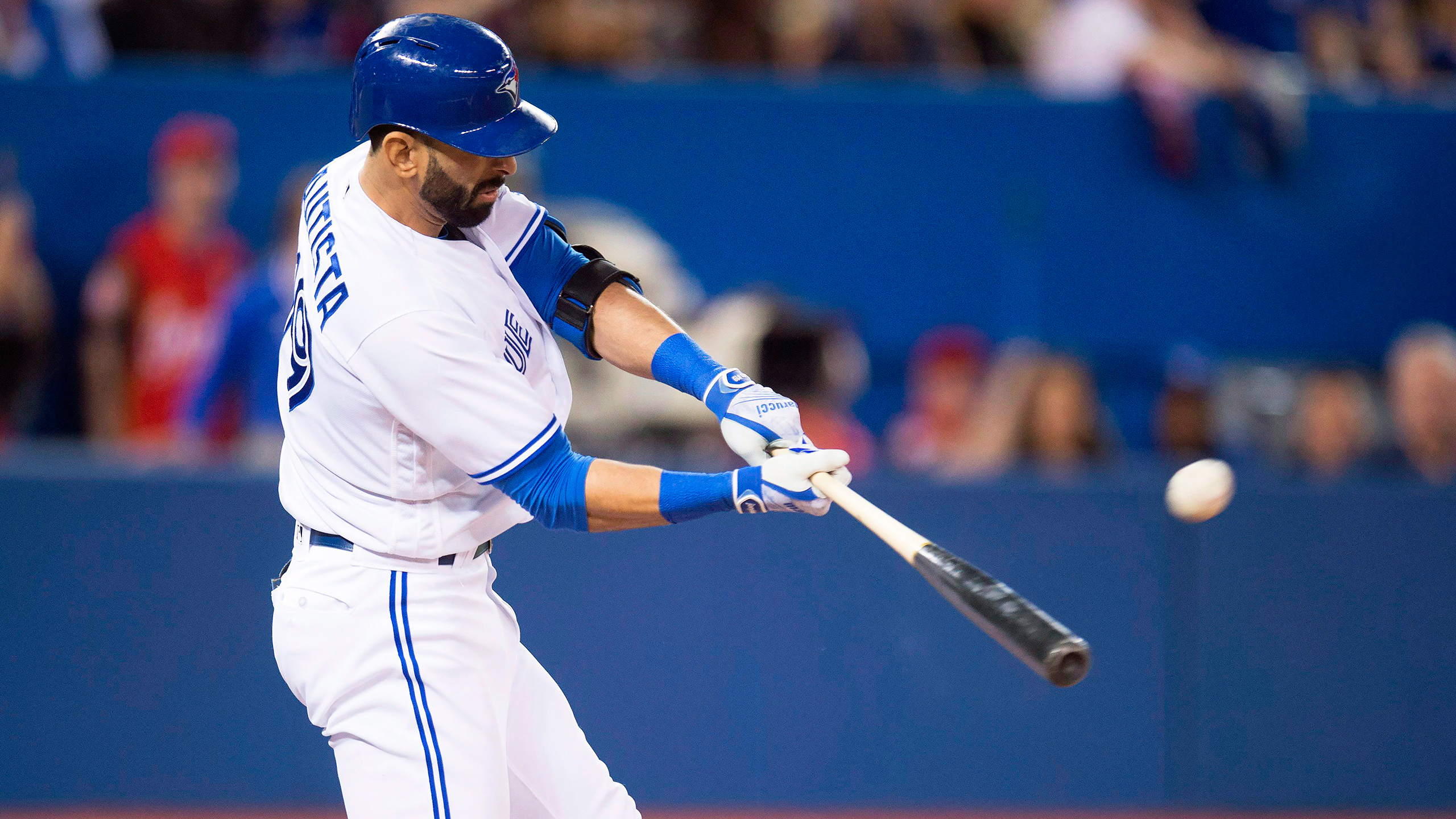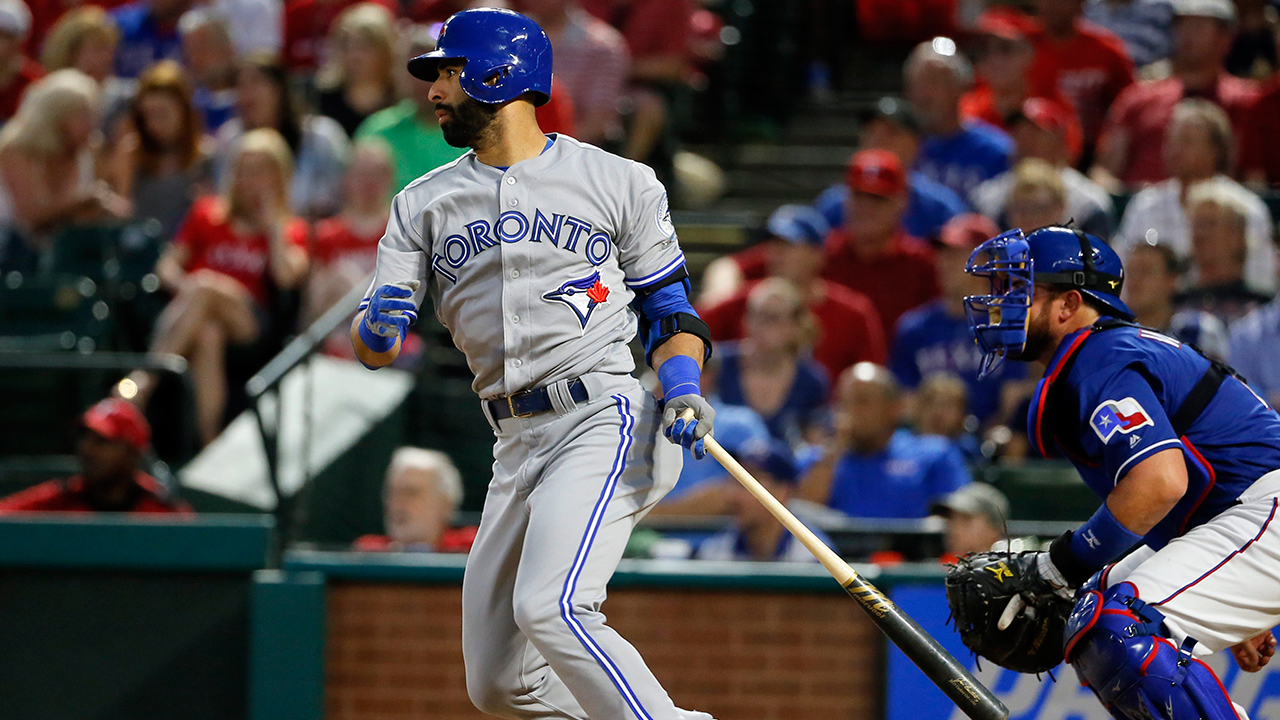In November, Bautista travelled to Spain for a visit to the Camp Nou home of FC Barcelona, a trip that was both business and pleasure. Aside from taking in an El Classico match against Real Madrid and a UEFA Champions League contest versus AS Roma, he met star players like Leo Messi, Neymar and Luis Suarez along with team officials, discussing various training techniques and routines.
There’s a school of thought that believes European teams are well ahead of their North American counterparts when it comes to sports science. Bautista came away from the experience with new pieces of information to work with. “One hundred percent,” he says, but when asked to share an example, he replies, “I’d rather not.”
“I go to experts,” Bautista says. “Nutritionists, doctors, strength coaches, mobility experts, I seek the best advice, I look at what they do, I study what they study, and I look at their principles. If I believe them, then I practise it, and see what kind of results I get. If I get good results then I continue. If not, I move on to something else.”
The process started in 2013, when Bautista tried to figure out how he had injured his hip. At the time he remembered hitting the plate awkwardly when he scored a run, but the more he investigated what had gone wrong, he came to realize the root was muscle tightness in the area because of surrounding weakness. Years of doing nothing but pushing around weights to build strength and then taking the field to play “created some imbalances and some weaknesses and I had to overcome those.”
Avoiding new imbalances is a constant and ever-changing process as the body endures wear and tear and compensates for fatigue or injury as needed. To that end, Bautista has a detailed routine to get his body ready for games, and even once ready, he’s constantly stretching on the field, to remain loose and limber.
“Basically, if I was a Neanderthal back in the day, and I want to hunt because I’m hungry, and it’s an animal I have to actually chase and kill, I can’t just roll out of bed and go do it and expect to eat that day,” says Bautista. “There’s a process, preparation. You start by breathing, getting your mind into that mode where you’re going to compete, you start activating some muscles, feel for tension, roll that out, either with a massage or foam rollers. Then you go onto further breathing activation with movements, work on your joint control. It’s kind of like a race-car before the race, you’ve got to make sure the gauges are at the proper readings. If not, then you don’t know what you’re working with.
“After that, I do a little bit of strengthening (kettle bells, foam rollers, body weights, vest) just to feel the complete body unison or strength. I just feel my body and I know what I need. I know what’s tight, I know what’s not tight and I know what it’s coming from, I know how to fix it. That’s why I’m always stretching. Then I can do things with less effort, which will create less wear and tear, which will allow me to be fresh for longer. Maybe that’s why I don’t feel old.”






